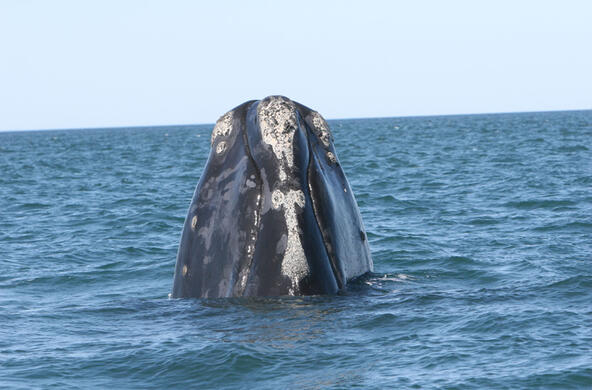I spent a lot of time outdoors as a kid in southern Michigan in the 1960s and 70s. The river in my hometown was a sour-smelling mess the color and consistency of potato soup, the miles of enticing beaches along nearby Lake Erie were never once open for swimming, and I was familiar with the sight and smell of incompletely treated human waste. My mom used to worry that my brother and I would drown when we went down to the river to fish. She should have worried that we’d touch the water. Anyone who spent much time outdoors before 1980 can tell similar stories.
The Clean Water Act of 1972 (CWA) and related laws put an end to the worst of this by regulating releases of pollution and providing money for better sewage treatment. As local activist John Cronin has rightly pointed out, the CWA has failed to meet some of its lofty goals (to make all of our waters swimmable and fishable by the year 1983), but it has made important progress. At least kids today who want go fishing won’t see and smell what my brother and I did.
One curiosity about the CWA is that, although it aspires to protect “the waters of the United States”, it never actually defines what it means by that phrase. Congress clearly intended to protect navigable waters (like the Hudson) and rivers that cross state boundaries (like the Hudson or the Susquehanna), and had the authority to do so. And it seems clear that they intended to protect the tributaries of these waters. They understood that you can’t protect the water quality of a river like the Hudson if somebody is filling its tributaries with pollution. But how far up into the landscape do the “waters of the United States” extend? A marsh along a small stream in Pine Plains? A stormwater detention pond at the Galleria Mall? A ditch in a farm field? A puddle on your sidewalk? Not surprisingly, these “gray” cases have ended up in the courts, resulting in a slow, expensive process that neither the EPA nor the supposed polluter likes.
The EPA has just released a proposed definition of the “waters of the United States” (a 370-page definition!) to reduce the number of these troublesome gray cases. The proposal identifies waters like the Hudson that are clearly included, and waters like farm ditches and that puddle on the sidewalk that are clearly excluded, while proposing criteria for helping to decide whether the inevitable remaining gray cases are in or out. I am an ecologist, not a lawyer, but the proposal looks sensible and well supported by science, and clarifies rather than expands the jurisdiction of the CWA.
Not surprisingly, big agriculture has mounted a splashy and misleading campaign against this proposal (google “Ditch the Rule” to see it). As much as we like farms, no industry in the US uses more of our water than agriculture, or causes more difficult and widespread water pollution. The toxic algal outbreaks in Lake Erie and the Dead Zone in the Gulf of Mexico are just two recent examples. So it is natural that big agriculture would like to roll back the CWA as far as they can. One leader in this campaign is the Farm Bureau, a powerful lobby that has demonstrated its sensitivity to environmental issues by opposing any attempt to regulate greenhouse gases.
So when you see some hype about how EPA’s new definition is going to ruin farming and the American Way, remember that you’re looking at the product of a well-organized and self-interested industry group with a less-than-stellar environmental record. I’m not going to suggest that you read EPA’s full 370-page proposal to see the truth, but you can see a nice summary of the new proposal at http://www2.epa.gov/uswaters/ditch-myth . Decide for yourself, and if you have the time before October 20th, send a comment to the EPA.








